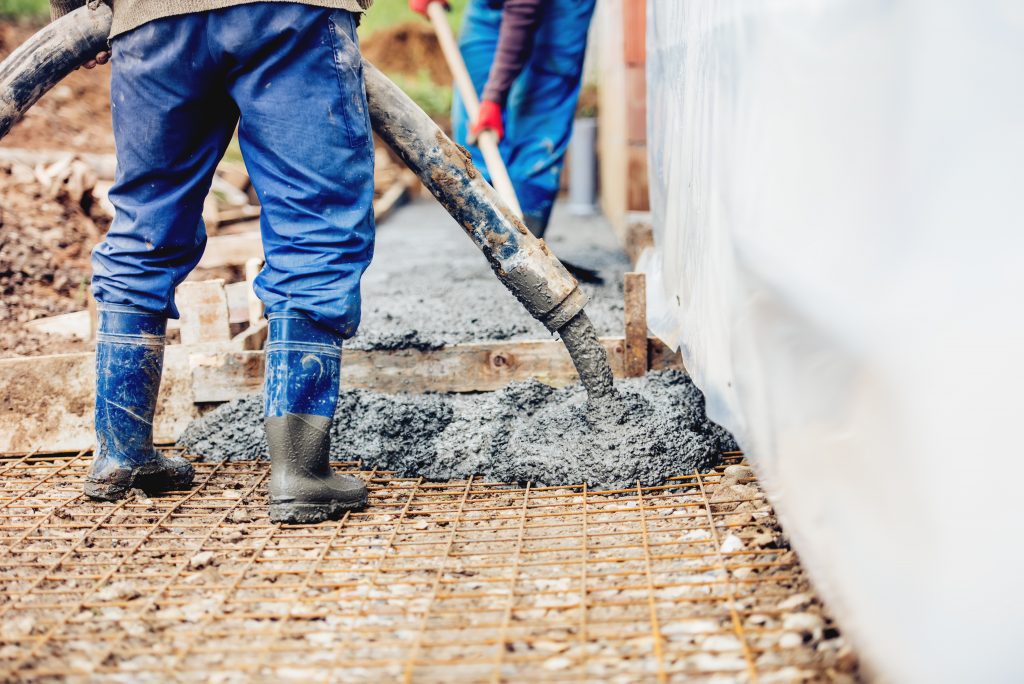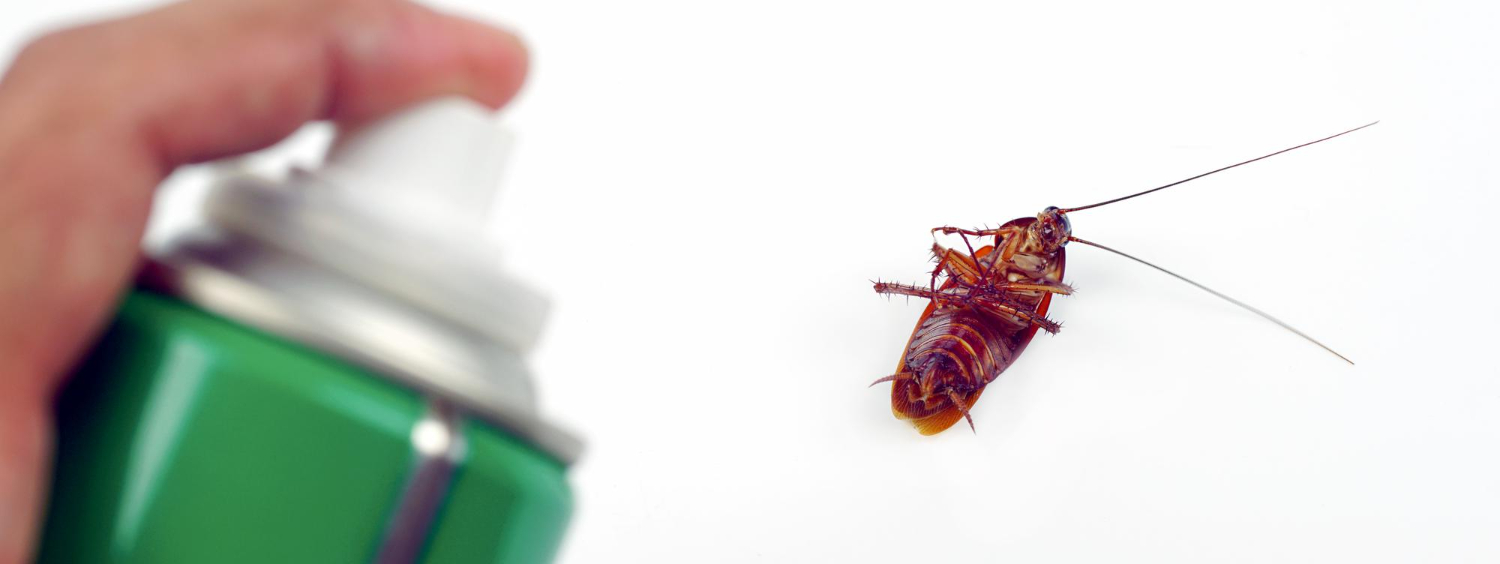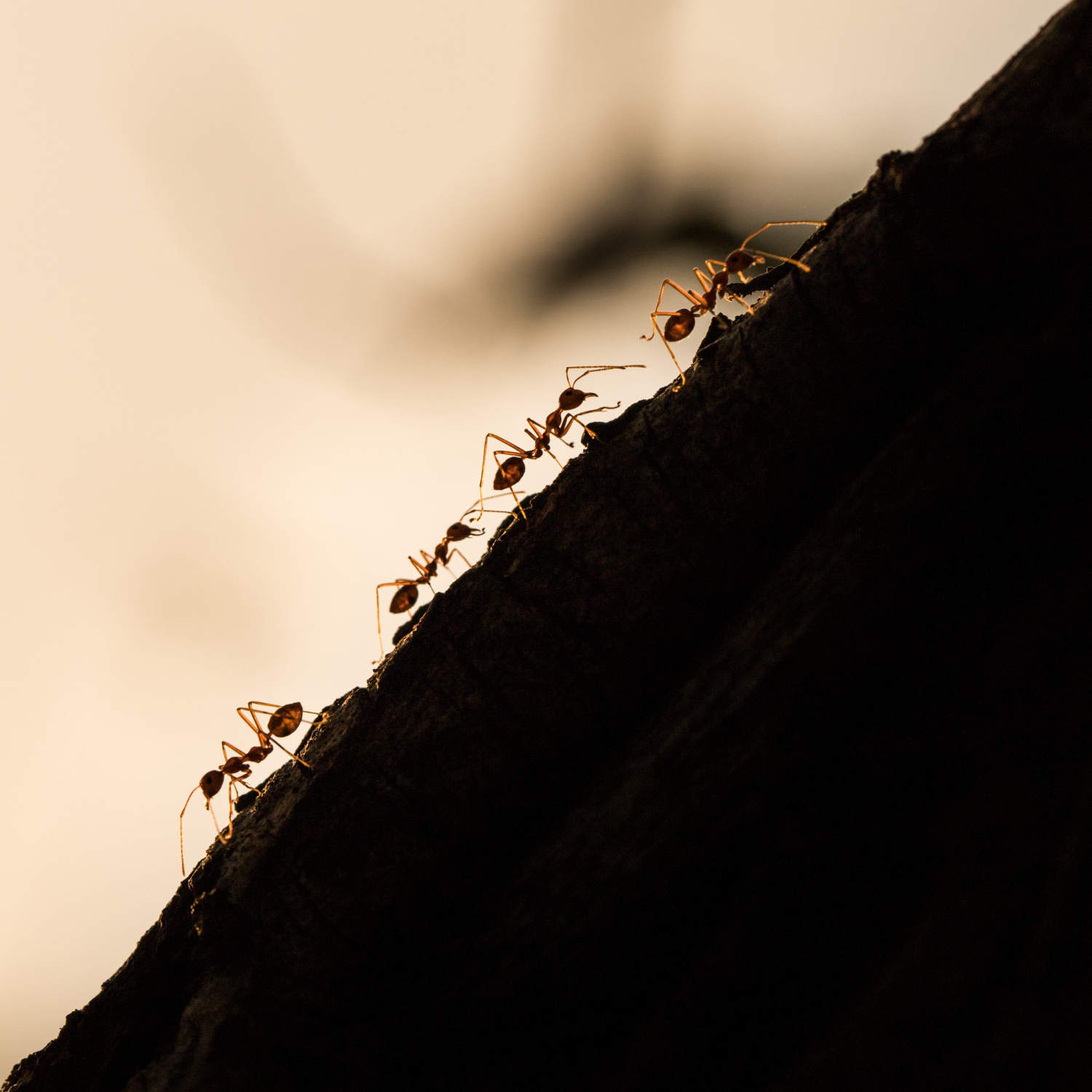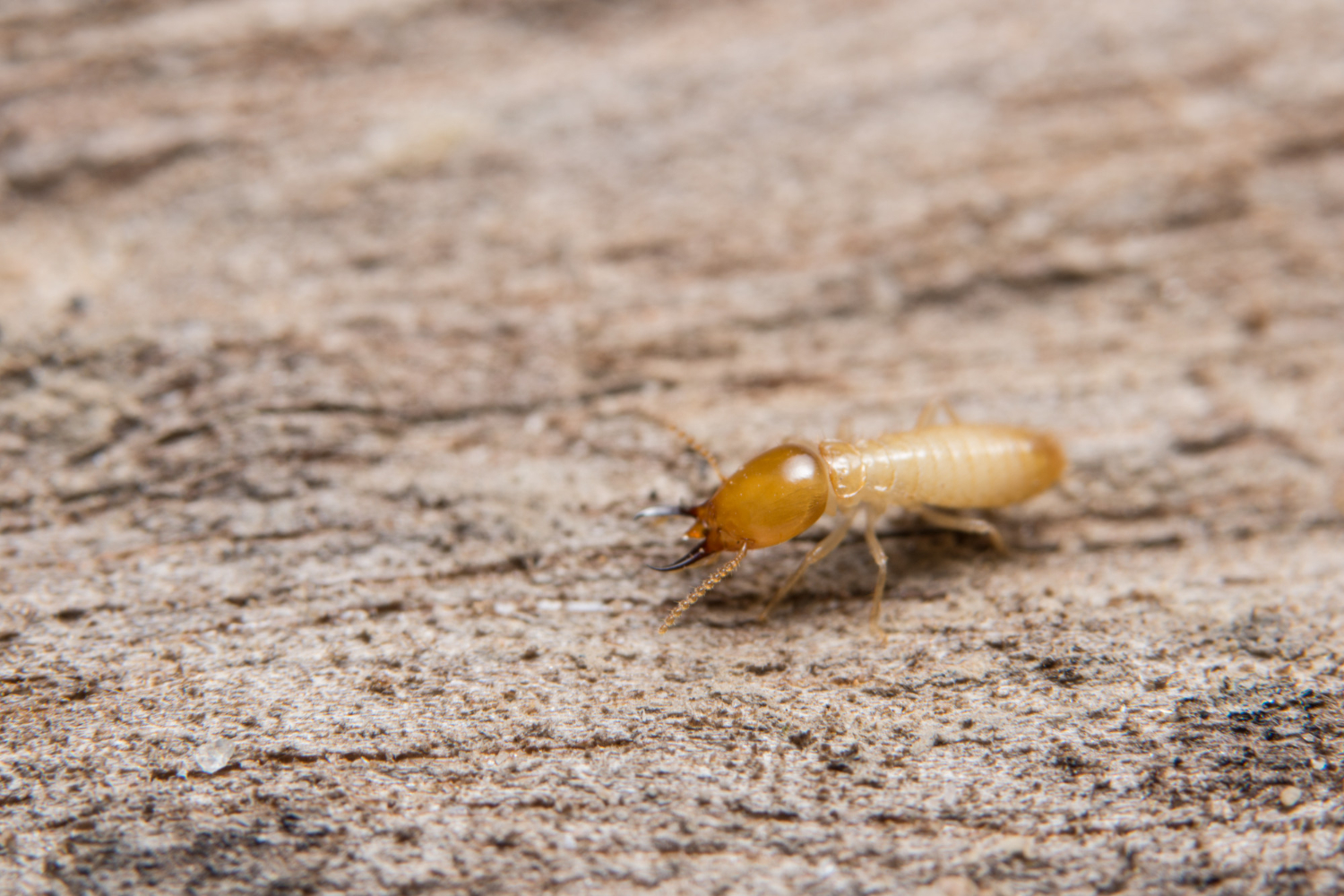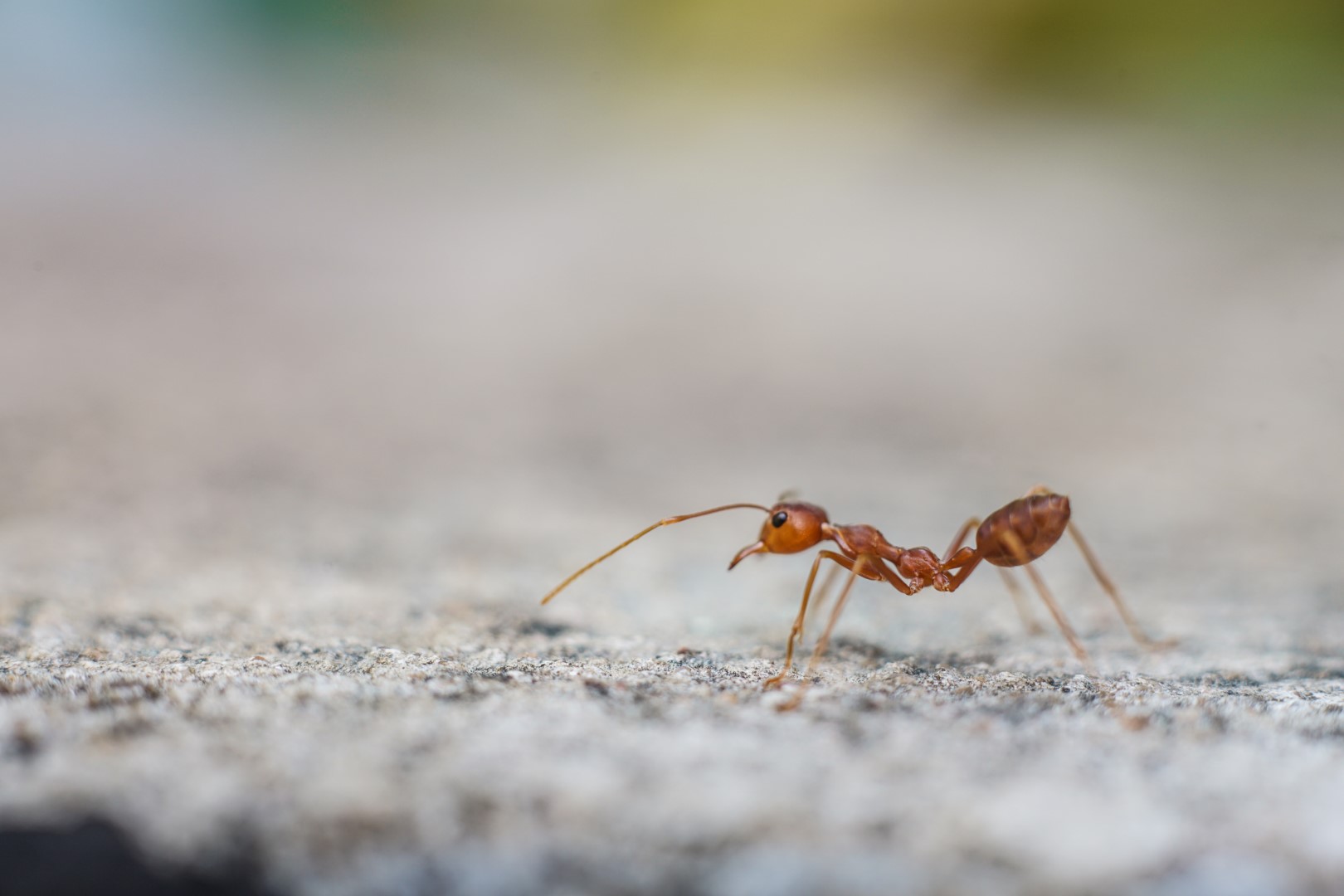On January 1st 2001 there were several changes introduced to Subterranean Termite Management Practices in Queensland that had a significant effect on the building industry.These changes were designed to provide for more robust and accountable termite management whilst restoring community confidence which had collapsed since Heptachlor and Chlordane were removed from Pest Controllers about 5 years earlier.
Industry, Government and Consumer groups of the day worked closely together formulating those changes.
Some of the changes decided at that time included:
REVISED AUSTRALIAN STANDARD
The revised Australian Standard 3660.1 “Termite Management-New Buildings” was to be called up in the Building Code of Australia (BCA).That standard had been under review for some time and continues to be re-evaluated to this day (2013) in conjunction with revamping of BCA.
At that time the new standard provided, among other things, for chemical barriers to extend down 50mm below the top of a footing.This was to be attained by physically trenching soil around the perimeter of the building being treated to expose the top of the footing and then continuing further trenching down the side of the exposed footing atleast 50mm. The chosen Termiticide was then applied whilst backfilling the trench at the rate of 100 litres for every cubic metre of replaced soil.
BUILDING SERVICES AUTHORITY CHANGES
The licensing requirements for Pest Control Operators (contractors) were extended to include:
1. Attainment of Recognition for National Competency Standards 8 (Inspect and Report on Timber Pests) and 10 (Control of Timber Pests).Today in 2013 attainment of an additional competency 42a (Install Physical Termite Barriers) is usually essential to install products such as Termimesh, Kordon, Granitgard and others.
2. Professional Indemnity Insurance to a minimum value of $500,000 with a run-off provision which automatically operates for a period of three years.
This new extended license was then required for the inspection or investigation of and the providing of any advice or report about a completed building for termite management systems or infestations in addition to pre-slab and perimeter treatment of sites.
Recently I attended an initiative of AEPMA..The Australian Environmental Pest Managers Association in reviewing the soon to be completed CODE OF PRACTICE for Pre-Purchase Timber Pest Inspections. In the very near future this new Code of Practice will, I believe, supercede the Australian Standard AS 3660 series as a quality practice benchmark during legal testing.More later.
